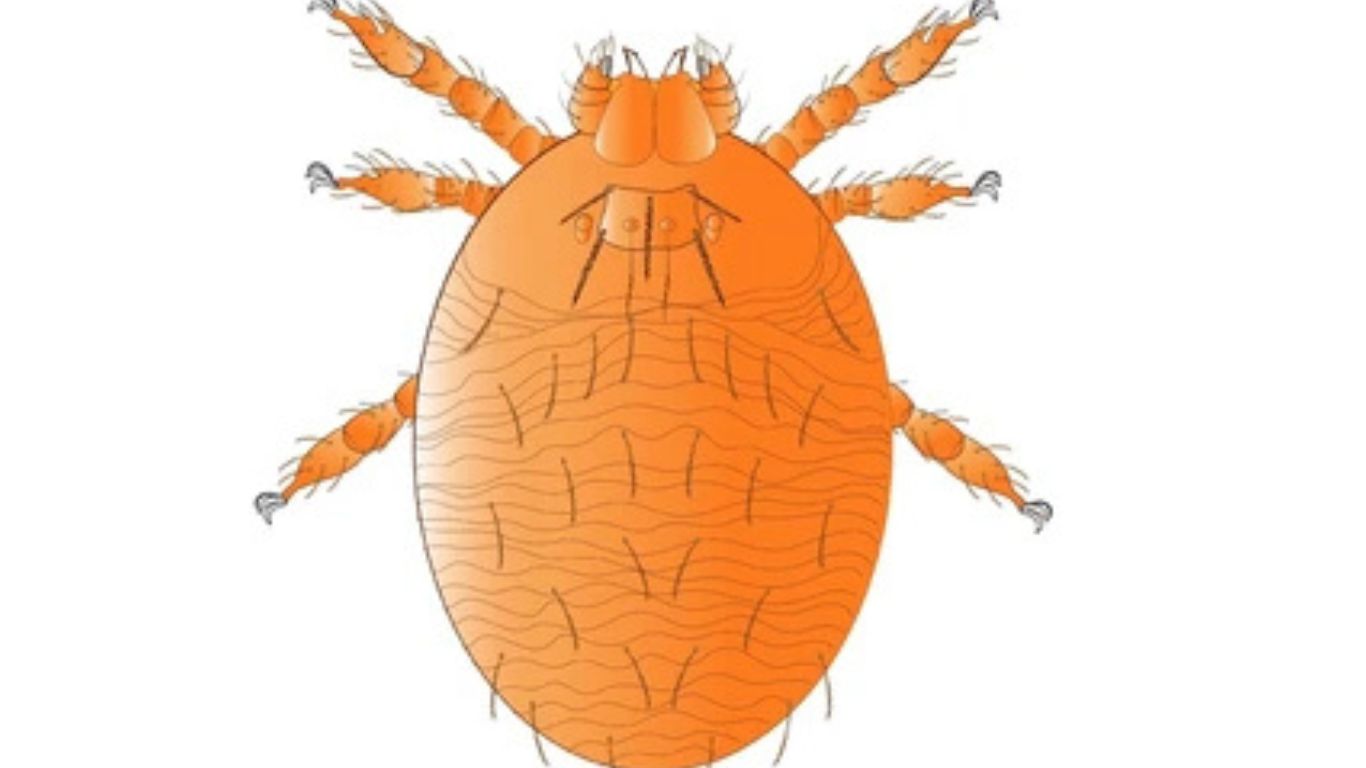The Directorate of Public Health and Preventive Medicine (DPH) has directed the Deputy Director of Health Services (DDHS) to adhere to specific guidelines to curb the spread of Scrub Typhus, a rickettsial disease caused by rickettsiae, which are parasites found in arthropods such as lice, fleas, ticks, and mites.
Scrub Typhus Symptoms and Risk Factors
Individuals bitten by infected mites often experience flu-like symptoms, including fever, headache, body pain, and a characteristic rash known as ‘eschar’ at the bite site.
The disease has been reported predominantly in Chennai, Tiruvallur, Kancheepuram, Chengalpattu, Ranipet, Vellore, and Tirupattur, with additional cases emerging in southern districts, especially in the Eastern Ghats, Western Ghats, and Deccan Plateau regions.
At-risk groups include:
- Agricultural workers
- Residents near shrubs or bushes
- Travelers engaged in outdoor activities (camping, rafting, or trekking)
- Pregnant women
Treatment Protocols
Infected patients will be administered antibiotics such as doxycycline, azithromycin, and rifampicin, with dosages adjusted for different age groups.
If a patient’s condition does not improve within 48–72 hours or complications involving the heart, lungs, kidneys, or central nervous system (CNS) arise, they will be referred to a tertiary care center for immediate treatment.
Prevention and Awareness Efforts
Dr. TS Selvavinayagam, Director of DPH, emphasized the importance of raising awareness among residents in at-risk areas.
Health officials, including DDHS and city health officers, have been instructed to:
- Implement prevention and control measures for Scrub Typhus.
- Educate the public about potential risks and preventive steps.
Efforts are underway to minimize exposure risks and ensure timely intervention in affected regions.















